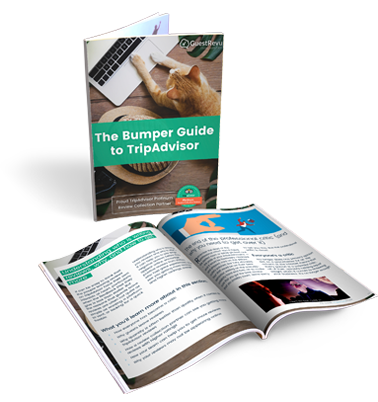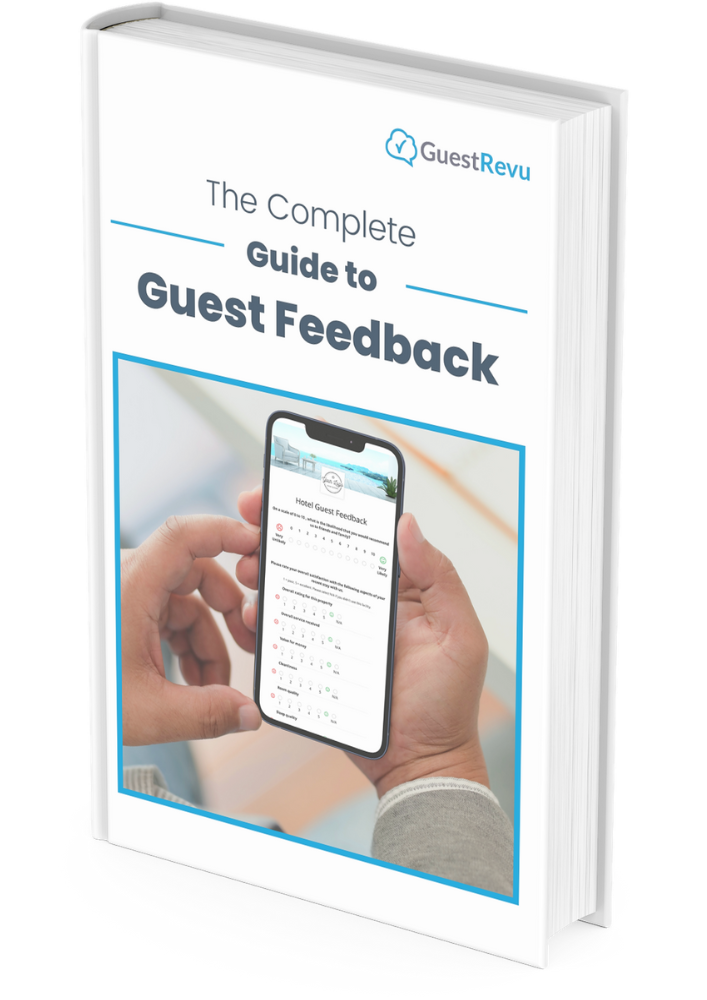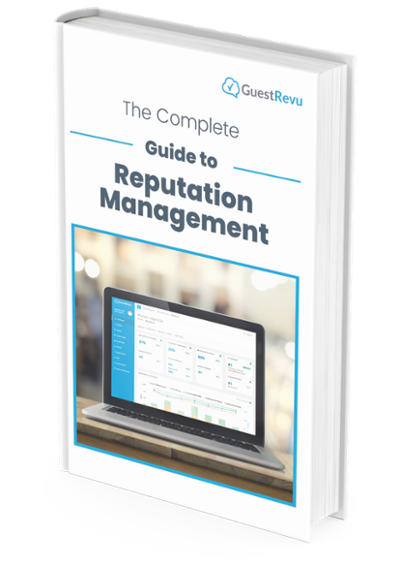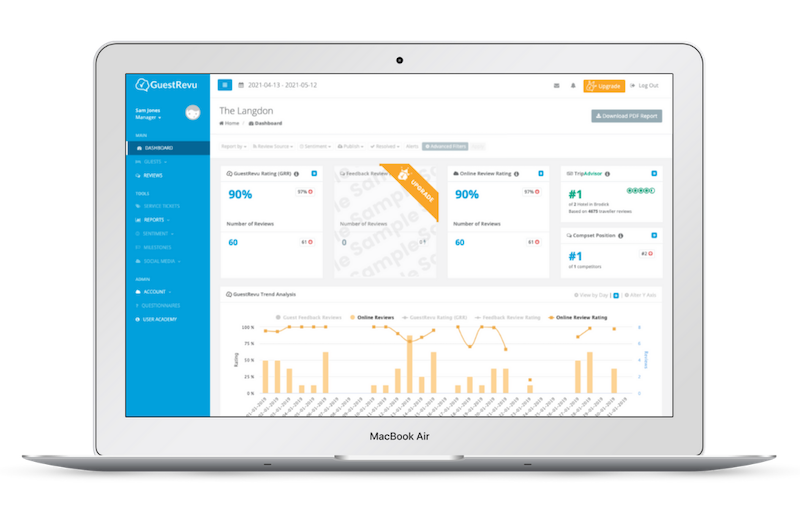The slightest margins in key areas can ultimately make or break a business in terms of performance. For many hoteliers, keeping a close eye on the Average Daily Rate (ADR), Occupancy Rate and Revenue per Available Room (RevPAR) is the most sure-fire way of seeing where a property stands in terms of its bottom line.
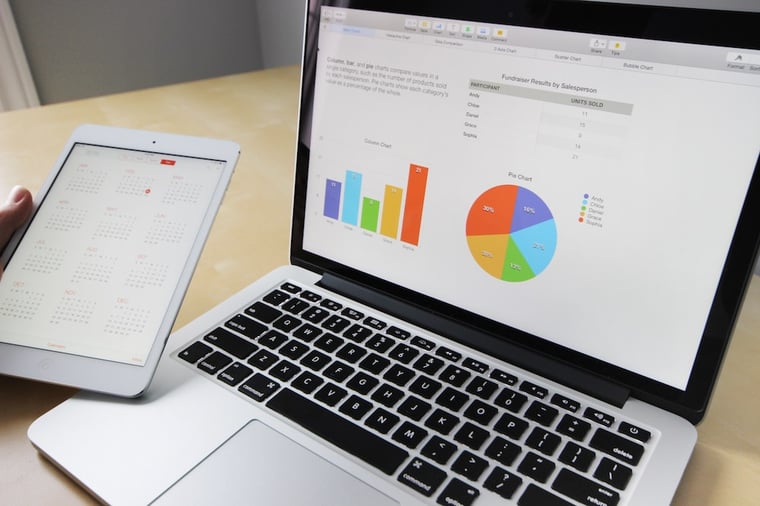
These three success metrics are interdependent, but in this blog we are focusing on RevPAR to encourage hoteliers to increase the value of their rooms without directly increasing room rate. This will help to counter and reduce the impact of travellers pinching their pennies a little longer (thanks to the cost of living).
To encourage your direct bookings (and to help you dodge some of those costly OTA commissions), we’ve put together a shortlist of our favourite hacks for hoteliers to consider when the world begins to travel again:
What is hotel RevPAR?
RevPAR (Revenue Per Available Room) is a performance metric that assesses the value of every available room in a property - this metric excludes the additional services that a guest may use during their stay (e.g food and beverages, spa, laundry, room service, or guided tours).
While RevPAR and ADR are quite similar, they are used differently - RevPAR shows you how successful your hotel was at filling rooms, whereas ADR shows you how successful your hotel was at maximising room rate.
How to calculate RevPAR
As you may know, there are two ways to calculate RevPar. Both formulas are invaluable to hoteliers who seek to improve performance, because with them, they can plan room rates better (by calculating projected RevPAR and then deciding rates according to projected profit margins); and of course measure hotel performance in relation to Occupancy and Average Daily Rate. Here’s how the formulas go:
RevPAR Formula #1: RevPar = Rooms Revenue ➗ Rooms Available
RevPAR Formula #2: RevPar = Average Daily Rate ✖ Occupancy Rate
Here’s a practical example from eZee Absolute, which is a Hotel Management System:
Suppose that you are a hotel with 200 rooms. The average daily rate of the hotel is $100. On any particular day, when the occupancy rate is 80% (i.e. out of 200 rooms, 160 are occupied), then total earned room revenue is $16,000. In this case, hotel RevPAR can be calculated as:
|
RevPAR Formula #1 RevPAR = $16,000 ➗ 200 = $80 |
RevPAR Formula #2 RevPAR = $100 ✖ 0.8 = $80 |
So according to this example, on that day you generated $80 per room.
Some hoteliers prefer to secure a 100% occupancy by any means, which often compromises the average daily rate and profit margins. This tactic is not entirely wrong, different strokes work for different folks, but you might rather increase profit percentages by increasing RevPAR, to have a bit of cushion even when you are not at 100% capacity (which is quite common in light of recent events).
How to increase RevPAR without increasing room rate
Below, we’ve compiled a list of 5 focus areas that any hotelier should consider prioritising, adjusting and monitoring to increase their RevPAR and capture more profit before increasing the room rate.
1. Focus on direct bookings
Surmounting the obstacle to increase direct bookings became even more crucial post-pandemic, and more hoteliers are now intentional about learning what it takes to get ahead of OTAs (Online Travel Agencies). The middle-man role played by OTAs is ultimately to the benefit of guests, however, the commissions that go to those OTAs would really come in handy during the recovery phase of many properties.
Like we mentioned at the beginning, the smallest margins often add up and make the most difference; and for those who are interested in rolling up their sleeves to convert more booking opportunities themselves, here are a few direct booking hacks (more in this link):
- Ensure your tech stack allows for easy booking on your own website: The guest experience begins well before a guest sets foot on your property, and how seamless their booking process is sets the tone for them. That’s why your hotel’s website needs to constantly be monitored to ensure that it’s conducive to browse quickly, with all the right information and relevant images to entice visitors.
- Optimise local SEO: An optimised hotel website competes best with other hotels and OTAs when it complies with the SEO (Search Engine Optimisation) requirements of Google. Google is where most guests spend their time searching for their next stay, so optimising local SEO and updating your “Google my Business” account goes a long way to help you stand out to relevant searchers according to your location, price range, hotel class, amenities and other bits of information you include. Guests can then filter their searches and make informed booking decisions based on the information they see from hoteliers.
There are also a number of new Google Maps features that will lead Google to rank the hotels that comply higher than those who are left behind in the digital travel transformation they are working towards. Optimising local SEO gives you something like a digital storefront, and can land you more guests by simply having eco-verification, for example, or having your latest deals easily accessible on the SERP (Search Engine Results Page) while guests ‘window-shop’ and are making their decision. This will surely save your hotel some money on marketing costs as well. - Take back guest relations from OTAs: Online Travel Agents are a great help when it comes to handling an influx or bookings and cancellations, especially as most of the industry is still understaffed. When travel paused globally and bookings were cancelled, it was too much to handle at once, but the reality is whether those guests still consider your hotel as a desirable destination depends on how those travel agents treated them during their process. Now that we have a bit of normalcy and most people can go where they please, you have all those people to follow up on and rebuild relationships with. Guests are also shying away from review sites as the most reliable sources of credibility for hotel brands, and many prefer to deal directly with the people behind the hotel brand itself. It’s the opportune time to take responsibility for more guest engagements, personalised offers, and operate at a standard known across the board by your staff when it comes to providing guest experiences.
2. Employ email automation to nurture guest relations
Every guest needs assurance that their money will be put to good use; and nurturing relationships with past and prospective guests through email campaigns enables them to have peace of mind in that if anything goes unsavoury before, during, or after their stay, your staff will handle it as a priority, and that you generally want to exceed their expectations.
Email automation as part of your tech stack empowers you with the ability to use what you know about your guests (from feedback technology) to deliver targeted, seamless experiences and move quickly when it comes to improving them, all while building on your credibility.
This means you know who to offer a luxury package, who your seasonal guests are, who to offer upgrades, guest preferences and more information to save you time and money on marketing certain experiences to the wrong people. For example, if you know that in spring you usually get more event bookings than overnight guests, you spend more effort on marketing those, and you can also manage how much staff you will need around during that time to save you a bit more on human capital.
3. Use guest feedback to enhance revenue management
The guest feedback you generate from giving your best service amounts to your online reputation, and the better your guest experience, the more (positive) feedback you are likely to gain. Though much of this feedback data can be qualitative in nature, you can convert the results to use quantitatively. For example, feedback data can show you:
- Whether you are offering good value for money
- Whether your revenue generators are performing as well as they should be
- How your value does compared to your competitors
Having this information allows you to play around with some of the options you have in terms of upgrades, renovations, or any changes you know will impact guests’ perceived value for money and overall experience, which will again reflect in RevPAR, review scores, and feedback.
4. Introduce flexible conditions like 'minimum stays' and extra cost per guest
Having flexible rules, like charging per extra guest, can sometimes bring you unexpected last-minute bookings, which would appear to be a discount to the prospective guest while maximising the earned value of a single room. Most hotels have fixed fees for a room that normally hosts a maximum of two guests, but having the option of a ‘third-wheel guests’ package rather than a penalty could do well for your property depending on its location and the frequency of such bookings. Also, it’s always good for your food and beverage staff to have one more person to serve!
Being a bit tight with ‘minimum stays’ on the other hand is a different kind of gamble, and your margins would have to be on point to give it a go. You would also need to analyse the booking behaviour of your past guests to gauge whether it will be worth your while to encourage extended stays a bit more aggressively.
5. Reduce cancellation rates
Last minute cancellations are an inevitable part of the business; but hoteliers can anticipate some of the guests’ travel behaviour and do more to avoid them proactively. Cancellation trends like trip stacking, the cost of living, and other factors have an impact towards the amount of cancellations that occur; and learning more about them will help you save money in the long run.
When armed with an optimised tech stack, you have more insight into the way guests are, which means you have a bit of depth to implement retention strategies. Some of the strategies you may use are direct booking discounts, fair cancellation policies with incentives for advanced payments, and more perks you can think up to ensure that even if your guest had no option but to cancel; they want to book with you as soon as they can.
Increasing RevPAR is a balancing act of trial and error that needs close monitoring of guest experiences in relation to profitability and affordability. Guests are looking for high value stays at the best price, and with that being their priority, there needs to be a more creative approach in the ways you present value to them, while ensuring you earn enough revenue with each booking.
Implementing these RevPAR strategies has a ripple effect on ADR, Occupancy Rates, and more performance areas to monitor and adjust accordingly. This is why we suggest using your tech stack and trying out tactics that are tailored to increase value for your guests first. Before you dig deeper into their pockets with higher room rates, try to understand what your guests are willing to pay more for first.

